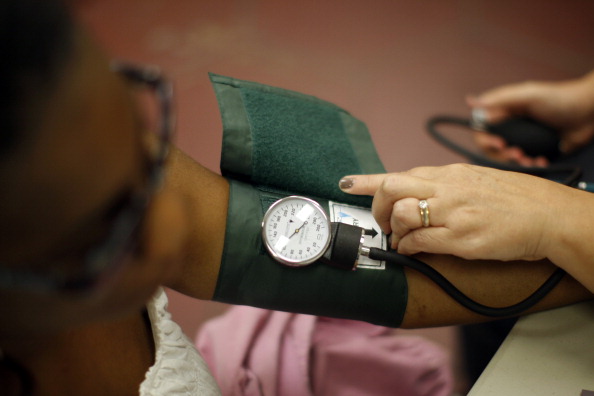
Health isn’t just about the doctor’s office. For all of us, but especially for a young person, health begins in our community. That truth was echoed throughout a two-day national town hall in Los Angeles to address the health disparities facing boys and young men of color.
Community leaders and experts from across California and the nation convened because a growing body of research shows that the health of boys of color stems from their neighborhoods, their schools, their environments.
If you grow up in a neighborhood with a good school, where the streets are safe for kids to play outside and where there is access to good food, you are far more likely to have a good job, be stress-free and live a long and healthy life.
But if you grow up in a neighborhood where you’re not safe, where your school is failing you and where the nearest park or basic grocery store is miles away, your health suffers. If you are viewed as more of a problem than an asset to the point that you begin to see yourself that way, too, then research shows that you are far more likely to die younger, earn less money, experience violence and to be less healthy emotionally and physically.
In California, African-American, Latino, Southeast Asian and Native American youth are likely to face not just one of these challenges, but many or even all of them.
Researchers who spoke at the town hall conversation looked at how communities either foster or limit the life chances that young people have. Their research shows how communities can give you access to resources like transportation, good schools, parks, health services and jobs. But communities can also expose young people to stressors – like crime, environmental hazards, joblessness and inadequate housing.
In other words, in some places, there is real opportunity. In other places, opportunities are limited or non-existent. While these issues touch every part of our communities, they are particularly tough for boys and young men. This is because the bad policies and practices that institutionalize disadvantage disproportionately affect boys and young men of color.
Here’s one example: The state’s efforts to make schools and communities safer with “zero tolerance” policies have produced the exact opposite effect. Rather than making our schools better places to learn, boys and young men of color are more likely to do worse. Studies have linked suspensions to an increased likelihood that a young man of color will drop out, which means that he will find it harder to get a job, is more likely to be connected to crime and prison and is less likely to be connected to community.
Of course, we want our children to grow up with a strong sense of responsibility to themselves, their families and their communities. But that’s only one half of the equation. We must also take responsibility to protect them from harm and provide them with an open door to opportunity.
How do we do this? The first step is to recognize that place – homes, schools and neighborhoods — matters. The second is to change the policies and practices that shape place.
To do this, The California Endowment is supporting work in three communities – Oakland, Fresno and Los Angeles – to build the community leadership that is needed to overcome the challenges facing boys and young men of color. At the same time, we are supporting the work of advocates, organizers, public officials and researchers to promote policies and programs to change the systems that limit life opportunities.
We will measure our success at achieving four big goals, which we see as the strongest indicators of a healthy community. These include ensuring that everyone has a health home (or usual source of care); reducing childhood obesity; reducing youth violence; and improving school attendance.
Doing so will have positive implications for California and the nation.
The good news that emerged from the town hall is that we know how to keep a child in school; we know how to help a young man become a productive community member. According to the California Dropout Research Project, doubling high school graduation rates would drive down the number of juvenile crimes in California and save the state $550 million per year.
One outstanding question remained: Do we have the collective will to do what it takes?
We’ll only do this if we all band together – businesses and beat cops, social workers and social change organizations, politicians and philanthropists – to take responsibility to make our communities places that foster health, hope and opportunity for everyone.
Robert Phillips is the Director of Health and Human Services for The California Endowment.





